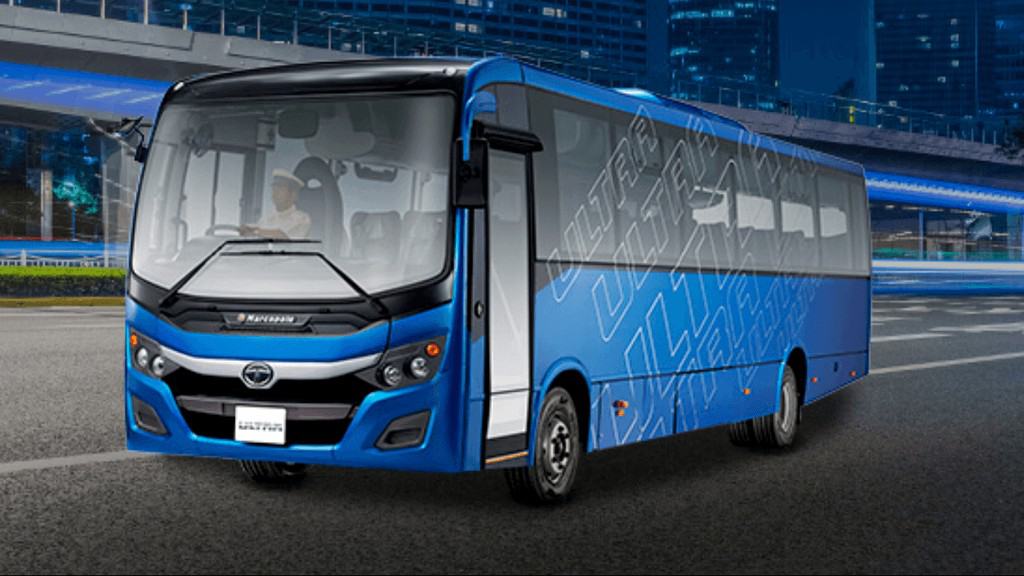Tata Motors, the global automobile manufacturing company, has adopted innovative driver assistance technology to increase the uptime of its trucks, while also investing on gaseous fuels to reach carbon neutrality by 2045, according to ETAuto.
Tata Motors President and CTO Rajendra Petkar discussed the strategy and forecast for the two industries that are seeing significant technology advancements.
For reference, here are the answer and question about the Tata Motors’ recent developments:
Q: It seems Tata Motors is making its bets on gaseous fuels in its journey to carbon neutrality. What role will hydrogen play in it?
There are three ways in which you can use hydrogen. One of them is blending with CNG (H-CNG). Though 18% blend is permissible, hydrogen is not available. Technically permissible, and it’s possible to use. The second is burning hydrogen in the IC engine. And the third is the hydrogen fuel cell.
Q: In terms of your technology maturity, which of the technology forms are closer to market at Tata Motors?
Today hydrogen is not available, but if you say hydrogen is going to be available in 2025 well be ready. Show us the roadmap, and then we will be there.
Q: You’ll be ready with all the three options?
Yes.
Q: For efficiency, if l am not wrong, hot hydrogen technology doesn’t match the fuel cell technology. But the advantage is that you don’t have to reinvent the wheel in terms of the powertrain. But can it match the efficiency of diesel?
I would say it is approaching (in terms of efficiency level).
Q: And how does it compare with CNG?
I think it will be at par.
Q: How do you see the adoption trend for ADAS technologies in the commercial vehicle segment?
It will start from the top-end, and any vulnerable vehicle categories in between the small and the heavy commercial vehicles. Especially if you take the case of the ESC (Electronic Stability Control), it’s not necessary that it has to start only from the top-end. It’s going to make sense, especially for the buses for example, where you know, there is a (notified) regulation.
So, depending on the application, the vehicle profile, and the duty cycle, you will find some or other ADAS features. But affordability and appreciation by the customer is going to be important. The safety awareness is growing no doubt, but someone should be able to pay for that.
Like we said, the cost-value equation works much better for the bigger and the heavy vehicles, and then it will trickle down to the other vehicles.
Q: In terms of a timeline, when can, say an L2 autonomy level truck, be seen on the road? Right now, the just-launched trucks with some ADAS features would qualify as close to L1?
It’s close to L1. But full L1 plus L2 is going to take time. I would say anywhere between 3 and 6 years. But you have to also understand that, are we talking about one vehicle to be made L2-compliant, or all the vehicles to be made L2 compliant? Because then there’s going to be a roadmap to cover all vehicle categories. So that will be a long period of time. But as a technology, availability and showcasing of technology, market trials, all that is possible. But adoption will take its own time.

